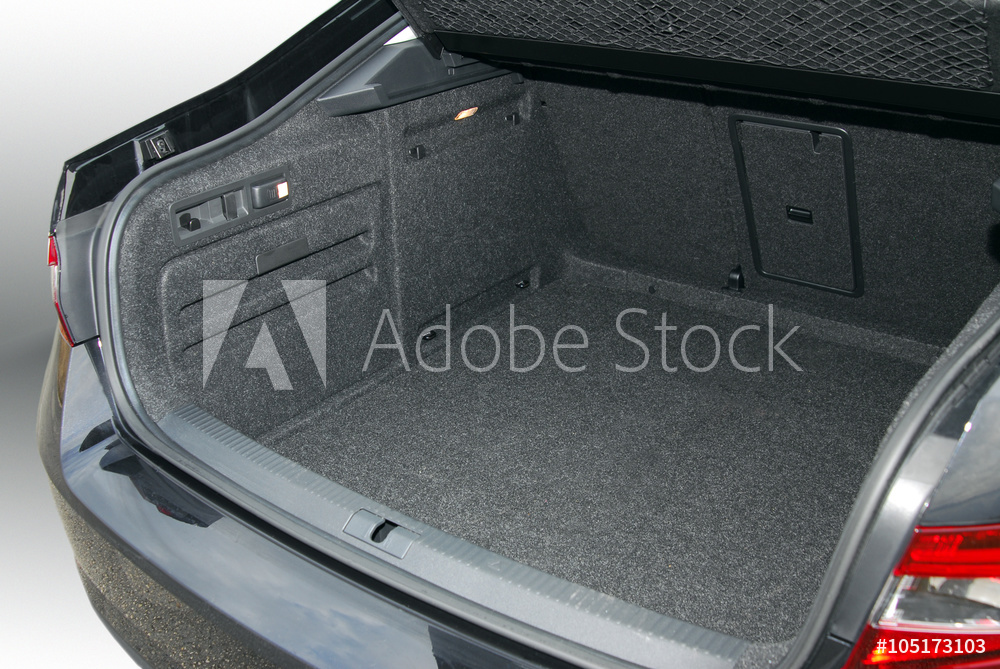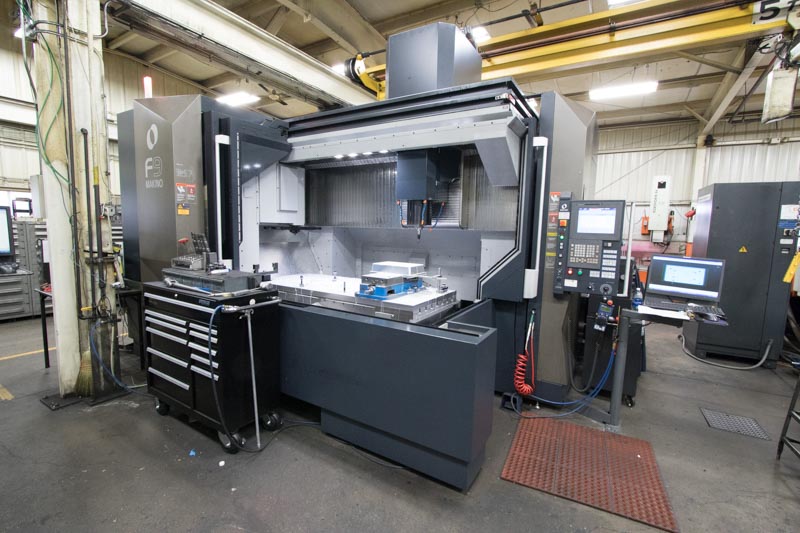Compression Molding: What Is It?

Compression molding is a manufacturing process that uses a cavity half and a core half of a mold to form material into a specific shape created by the two mold halves. Compression molds vary depending on the material being compressed and the dictates of the type of mold required.
Typically, a compression mold is mounted in a vertical press (unlike the horizontal presses that are prevalent in the injection molding process). Compression molding often requires that the “charge” of material be loaded into the mold, either manually or automatically, prior to the mold halves closing. (With injection molding, the press delivers the charge of thermoplastic by means of an injection unit after the mold closes.)
Our Expertise in Compression Molds
At CS Tool Engineering, we excel in the manufacture of two different types of compression molds:
Conventional compression molds for BMC (bulk molding compound) or SMC (sheet molding compound) typically require a steel cavity and core. Conventional compression molds can also be constructed from aluminum with a bypass shear edge. The shear edge helps contain and “pack out” (or completely fill) the mold with the charge material.
Conventional compression molds are typically heated electrically with strip heaters. Sometimes, they may have a series of holes, which circulates hot oil through the mold halves to cure the charge under heat and pressure. The formed part resulting from this style of compression mold will have some “flash” (i.e., excess material attached to the component) that will require a secondary operation to trim and remove it.
Compression forming molds are tools that typically have a “blanket” of materials placed between the mold halves and are also formed under pressure. This blanket of material can be a single layer or a “sandwich” of materials, such as cloth, urethane substrate stock, scrim, fiberglass mat or polypropylene-based matting.
Depending on the type of forming, the blanket may have a phenol-based binder that requires the mold halves to be heated in order for the binder to set the shape of the part. Sometimes, the blanket may be heated prior to entering the mold halves, in which case the shape is set by a water-cooled mold. The type of materials that comprise the blanket will dictate the type of mold needed for compression forming. Once a part is formed using these types of molds, a secondary operation is necessary to trim the perimeter of the finished product.
About Pinch Trimming
CS Tool Engineering’s trimming technology for compression forming molds is state of the art. We specialize in “pinch trimming,” which is the process of forming the mold while simultaneously completing a full perimeter trim and hole/cutout trim. For this type of tool, we employ a special hardened knife-edge that “kiss” cuts against an anvil surface on the opposite side of the tool. A kiss cut is very similar to a die cut. The main difference is the kiss cut does not fully penetrate the material.
Tool alignment and proper spotting of the knife-edge are critical for fully cutting the material in a pinch-trim style tool. A pinch-trim mold is typically fashioned from pre-hardened step, which been locally hardened to a higher Rockwell hardness. A pinch-trim compression mold requires a higher tonnage press for the cutting action to be effective.
At CS Tool Engineering, we’re also experts in partial or selective trimming of key features. Typically, once a component has been molded with a compression-forming tool, a robotic-controlled waterjet will trim the perimeter and any holes and cut-outs within the final part. But the accuracy and repeatability of waterjet cutting does not normally conform to the size and positional tolerance required by today’s quality standards. This is where selective trimming comes in.
If the trimming of a hole or cut-out can occur during the forming process, that hole is located and sized true to the form of the part. Any stresses on the blanket that occur during forming are relieved upon trimming. The result can be a distorted opening or (even worse) "delamination," where a finished fabric separates from the substrate. Specialized techniques in the design and fabrication of the punch can alleviate this separation issue.
Partial or selective trimming utilizes either a mechanical self-contained punch unit or hydraulic cylinders placed within the mold. This type of trimming allows for the use of smaller tonnage presses, typically used for forming operations only. Aluminum mold halves, with tool steel inserts at the trimming locations, are common with partial or selective trimming.
Trust Us
At CS Tool Engineering, we’re experts in compression molding for the automotive industry. We specialize in vehicle headliners, underhood cladding and door panels. Our experienced engineers use only the latest technology to ensure our compression molds are of the very highest quality.
Trust the experts.

